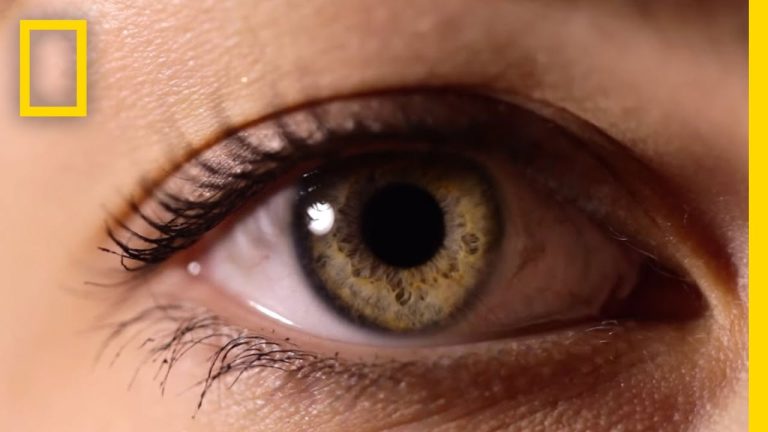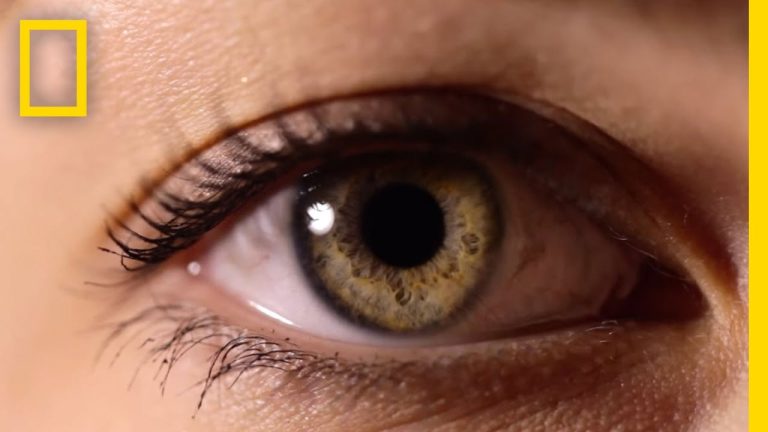Pupil Size: A Guide to Understanding and Monitoring Your Eye Health
Pupil size is an important aspect of vision care that often goes unnoticed. The pupil is the black center of the eye that allows light to enter and reach the retina. It’s an essential part of the eye that controls the amount of light that enters the eye and enables us to see clearly.
The size of the pupil changes according to the lighting conditions, with it becoming smaller in bright light and larger in dim light. It’s also affected by certain medications, drugs, and medical conditions. Pupil size is measured in millimeters, and the measurement is taken in a dimly lit room for accuracy.
Why pupil size is important?
The size of the pupil plays a crucial role in determining how well we can see. A smaller pupil will allow less light to enter the eye, making it difficult to see in low light conditions. On the other hand, a larger pupil will let in more light, which can cause sensitivity to light and glare.
Pupil size is also a critical factor in determining a person’s candidacy for refractive surgery, such as LASIK. Doctors must carefully assess a patient’s pupil size before recommending surgery, as people with larger pupils may experience visual side effects after surgery.
What affects pupil size?
Several factors can affect the size of the pupil, including the amount of light in the environment, age, medications, and medical conditions such as glaucoma. Some drugs and medications, such as certain types of eye drops, can also affect the size of the pupil.
Aging:
As we age, the muscles that control the pupil size weaken, and the pupil becomes smaller and less responsive to light. This can lead to problems with night driving and reading in dim light conditions.
Medications:
Certain medications, like narcotics, antihistamines, and antidepressants can cause pupil constriction. At the same time, others like Atropine eye drops, can result in pupils becoming dilated.
Conclusion
In summary, pupil size is an important indicator of eye health and visual function. Any changes in pupil size should prompt a visit to an eye care professional, who can help determine the cause and offer the appropriate treatment or management of the condition.
- Always consult an eye care professional if you experience any sudden changes in pupil size, such as unequal pupil sizes;
- Try wearing anti-glare glasses or contact lenses, which can reduce glare and excessive light entering your eyes;
- Be mindful of medications that can cause pupil changes, and be sure to discuss this with your doctor before taking any new medication;
- Protect your eyes from the sun with sunglasses that have a decent UV protection to avoid the excessive dilation of pupils;
- Consider using yellow-tinted lenses to improve visual acuity and comfort when driving at night.
Most wanted in Hoya Vision:
What are prism eyeglass lenses?
Hoya Lens Engravings
What brand lenses does Costco use?
Do tinted glasses help with migraines?
What does +0.25 mean on an eye test?
Hoya Identification Chart
Should eyeglasses cover eyebrows?
Does hyperopia worsen with age?
What LED light is best for broken capillaries?
What is the difference between Ray Ban RB and Rx?
















